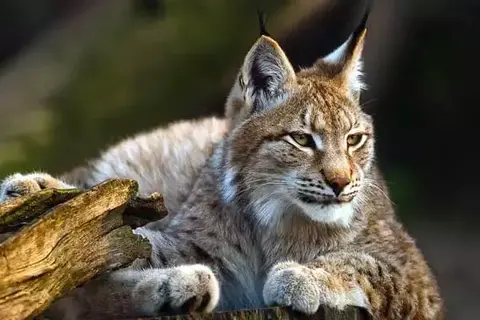Byasa Alcinous Butterfly
Nolan FosterByasa alcinous is a butterfly of the family Papilionidae.
Distribution of Byasa alcinous
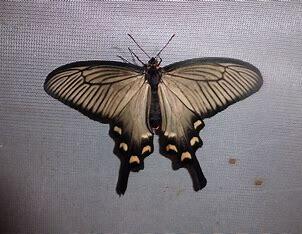 Image from actias.de
Image from actias.deThe Byasa alcinous’s distribution area is quite extensive and includes China, the Korean Peninsula, and Japan. On the territory of Russia, the northernmost part of the range is located. Alcinous is found only in the southern part of the Primorsky Krai in Russia.
Byasa alcinous is preferring to settle in broad-leaved forests along the banks of rivers and lakes, where Aristolochia must necessarily grow.
Description of Byasa alcinous
Byasa alcinous is one of the most elegant butterflies. Its wingspan is small and rarely reaches 1 cm. Its wings are dark brown in males and lighter in females, with a coffee shade and pronounced black veins. The lower part of the wings is brighter in both sexes than the upper one. Rear wings have a series of half-moon spots along with the edge, females yellow and males orange. At the end of the wing, there are dark caudal growths, reaching 2 cm in length.
The body is dark, pubescent with hair, and the males have several red spots on the chest and abdomen.
Caterpillars have numerous outgrowths on the body, which end in red dots. Colour is made up of alternating brown and white areas.
The behavior of Byasa alcinous
During the season, two generations of butterflies appear, the first in May of overwintered dolls, the second in mid-July. Summer butterflies are slightly smaller than spring ones. Byasa alcinous fly perfectly, but most of the time they spend sitting: males in the crown of trees, females in the grass. It feeds on nectar of flowers of Aristolochia, honeysuckle, and cherry. Byasa alcinous has few natural enemies, as caterpillars and butterflies are poisonous, which is indicated by bright red and yellow spots in their color. After fertilization, the female lays individual eggs on the young shoots of the Alcinous , thus avoiding competition in food with caterpillars of other species.
Byasa alcinous caterpillars feed on leaves, leaving them with characteristic cellular holes. They pupate on the lower side of the ground and winter near the surface with fallen leaves.
Byasa Alcinous
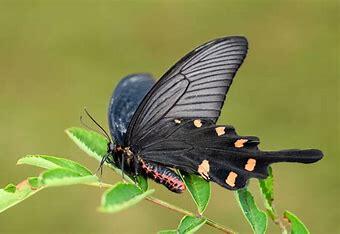 Image from actias.de
Image from actias.deByasa alcinous is a species of butterfly in the papilionid order. It is native to east Asia, where it visits flowers such as schefflera and Dendropanax trifidus. It has six subspecies, including the common byasa and rare byasa yakushimanus. Parides alcinous is a nocturnal butterfly, and is often seen flying during the day.
The Byasa alcinous butterfly is a small species, with wings that rarely exceed a centimeter in length. The males are dark brown, while females are a light tan, with pronounced black veins. The rear wings are striped with orange, yellow, and white spots. The thorax and abdomen are mostly black. The males have a red spot on their chest.
The Byasa alcinous butterfly is part of the Papilionidae family. It has a wingspan of nine to ten centimeters, and the hindwings have a long, red chain around the edges. The thorax is mostly black with several red spots. The Byasa alcinous lives in mixed broadleaved forests in tropical areas.
The Byasa alcinous butterfly’s odor is described as musk. Its larvae eat leaves, leaving characteristic cellular holes. They pupate on the ground’s surface, and spend their winters near fallen leaves. It is best to avoid the Byasa alcinous when possible. The caterpillars are also poisonous. The insect is a great pest control option in the region.
The Byasa alcinous butterfly is small, with a wingspan of nine to ten centimetres. Its hindwings are red with a long tail, while its thorax is black and pubescent with hair. Byasa alcinous is a common butterfly in many parts of the world. Its habitats include forests with mixed species of flowers and fruits, and woodlands.
Byasa alcinous is a member of the Papilionidae family and has a wingspan of nine to ten centimeters. Its hindwings are long and red with a chain of red spots along the edges. The thorax is black with several red spots. Byasa alcinous is found in mixed broadleave forests.
Byasa alcinous is a butterfly that belongs to the Papilionidae family. Its wingspan is usually about ten centimeters. Its hindwings have long, red tails. Its thorax is dark and pubescent. The caterpillars pupate in the lower part of the ground and spend the winter near the surface with fallen leaves.
Byasa alcinous is a butterfly from China and is found in Papilionidae forests. Its wingspan is about ten centimetres and it is a member of the Papilionidae family. The wings of this species are dark brown with pronounced black veins and yellow or orange spots. Its body is dark and pubescent. The females are mainly orange with red spots on their chest.
Byasa alcinous is a butterfly with a wingspan of about nine inches. Its hindwings are red with a chain of red spots at the edges. Its thorax is black, while its abdomen is brown. Its thorax is covered with hair and the body is dark and pubescent. Its thorax is orange with a white underwing.
Byasa alcinous is thought to be monochromatic, with pupae that are primarily yellow. However, the pupae of this species vary in color according to temperature, humidity, and host plants. High temperatures and high humidity induce yellow and brown diapause pupae, which are the most common type of the species. Despite the ambiguous morphology of B. alcinous, it is a fascinating butterfly that is worthy of a closer look.
The larvae of Parides (B.) alcinous are found in various regions of Japan, including the Ryukyu Islands. Byasa alcinous ssp. yakushimanus is known to live in Korea. Its life cycle is bivoltine and has two generations. In addition to its two generations, the adult males of this species emerge 7-10 days earlier than the pupae of other papilionid species.
The subspecies of P. (B.) alcinous have been separated based on their geographic distribution. The main Japanese Archipelago, the Korean Peninsula, and the southern Primorski Islands are the subspecies of B. alcinous, while the Ryukyu Island subspecies are confined to the Miyako Islands. In contrast, the yakushimanus is widely distributed throughout the country.
- Rodents100 Amazing Facts About Squirrels
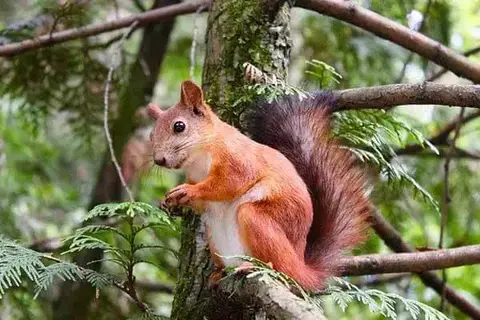
- WildlifeWhat Do Giraffes Eat?By Murphy Scott

- WildlifeTypes Of Lemurs In MadagascarBy Murphy Scott
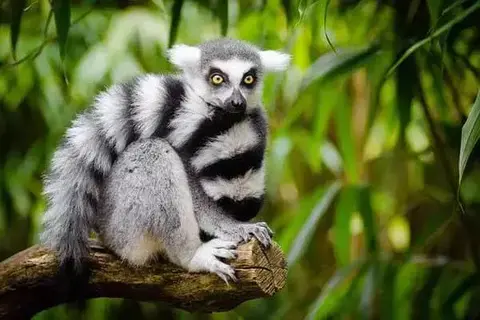
- Wildlife30 Interesting Facts About CrocodilesBy Camilo Walker

- InsectsByasa Alcinous ButterflyBy Nolan Foster
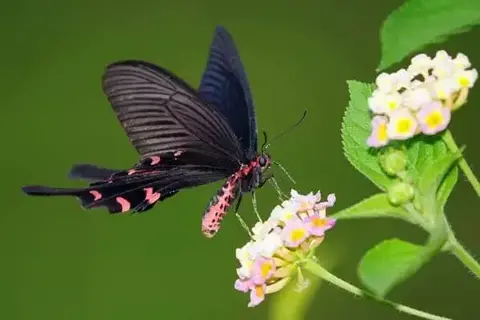
- WildlifeCan A Lizard Swim?By Evelyn Star
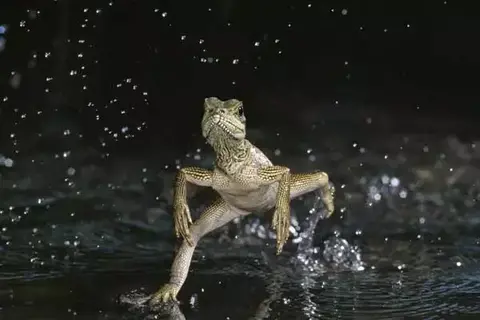
- DogsWhat Cat Food Is Best For Kittens?By Evelyn Star
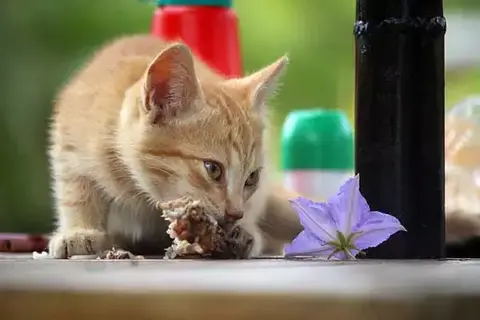
- DogsFun Facts About RottweilerBy Camilo Walker
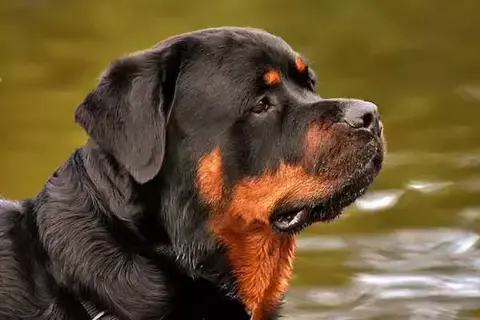
- BirdsHow And What Does Flamingo Eat?By Nolan Foster
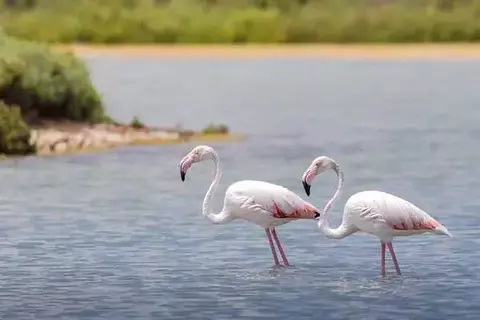
- WildlifeInteresting Facts About The Canadian LynxBy Camilo Walker
